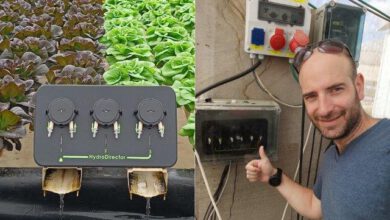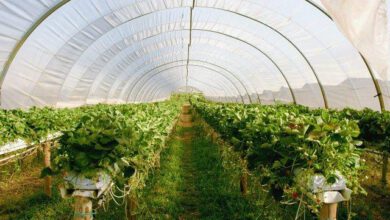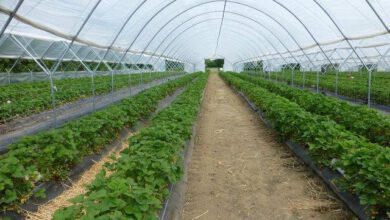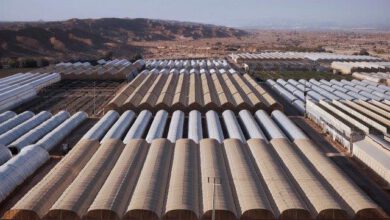Greenhouses installation in the age of the COVID-19 outbreak
Careful thought and planning can ultimately save time in setting up a farm
Nimrod Regev, water and irrigation systems engineering, Nameregev@gamil.com
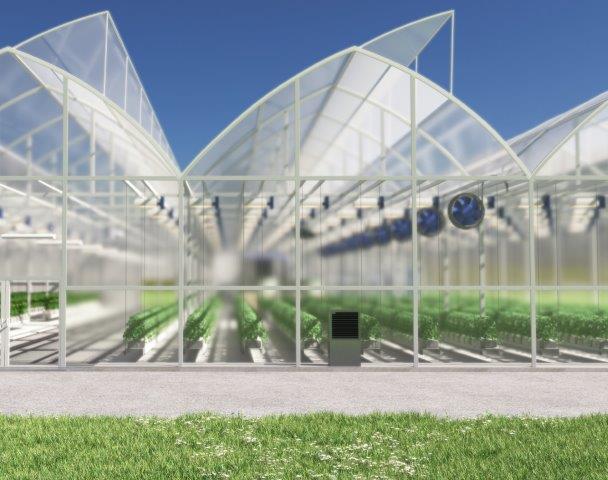

Before I discuss about coronavirus effect on designing, and about greenhouses, the “agriculture of the future”, I would like to say a few words about the future of agriculture, since this subject is much too broad to cover in a few words, I’d like to begin with a brief introduction.
At a time when human and natural resources are increasingly expensive, and the relative advantage of skilled agriculture is insufficient in the face of climatic conditions, we need to make serious change in our approach to feeding the world. Of course, greenhouses are not new, they’ve been known to mankind since the Roman Empire, and traditional Dutch greenhouses have existed for about 200 years, nevertheless the current period is definitely, a renaissance for the greenhouses industry.
Growing in greenhouse enable a high level of control over cultivation conditions, and facilitate to imitate most growing environments that we aim for, full climate control (temperature, humidity, radiation, etc.), nutrition options, close monitoring abilities, crop protection, day and night hours, etc. All these provide us not only with capacity for producing quality agricultural products anywhere at any time, but also possibilities for applying research and development under controlled conditions. These advantages inspire me with hope as I combine the two words ‘future’ and ‘agriculture’.
One could write books about greenhouse technological developments, from hydroponic and aeroponic crops, plant protection, lighting, autonomic growing systems, to the effect of sound waves on plants. Even so, I would like to note several points that interest me regarding basic technological developments currently being applied in commercial production greenhouse farms:
Monitoring – ‘Digital image processing’ is the hottest expression in this field. Its application and influence on agriculture have been known for long, its capabilities of photo analysis, produces high speed reaction capabilities as well as many studies opportunities. HiGrade has come up with an interesting product. Additional, I noticed that monitoring abilities relating to plant-nutrition and real-time understanding of growing conditions, became popular, Viridix tensiometers perform pretty well.
Climate control – there are several new climate controllers on the market, whose programming and communication technologies are cloud-based; they are quite relevant. Unitronics has introduced a relatively up-to-date, worthy solution.
Climate conditioners – new dryers and air conditioning systems; it should be interesting to see Profit-Agro’s new dryer performance compared to those already available from DryGair, Einav Technologies, Adirom and Agam’s VLHC system.
Structures – Greenhouse structures from traditional polyethylene, polycarbonate or glass compared to the Japanese Fclean, HTFE sheeting (similar to its cousin, Teflon, PTFE is also a Fluor based polymer), that aside from being translucent and durable, provides remarkable light diffusion, and has a low friction constant. An additional player in the structure area (whose greenhouse performance should be interesting to see), is EACi greenhouses company, and their unusual greenhouses models.
Until recently, I used to divide planning into several main factors, that must be defined prior to planning – agronomic, operational, regulatory-GAP and economic considerations. I have recently discovered that the economic considerations depend on more than our target market. There’s a player whose role is becoming more important — the capital market. Agricultural greenhouse farms, even small ones, arouse considerable interest among investors. The stock exchange element has become more significant factor in the farm-planing process.
It appears that municipal authorities have begun to enter the world of agriculture. The path to licensing and the on-going work vis-à-vis the authorities, is full of bureaucracy; whoever has patience and tolerance can do this process by themselves. I personally think it’s worth leaving this to the professionals: there are several companies that deal with preparing and filing licensing applications for agricultural farms. Careful thought and planning can ultimately save time in setting up a farm.
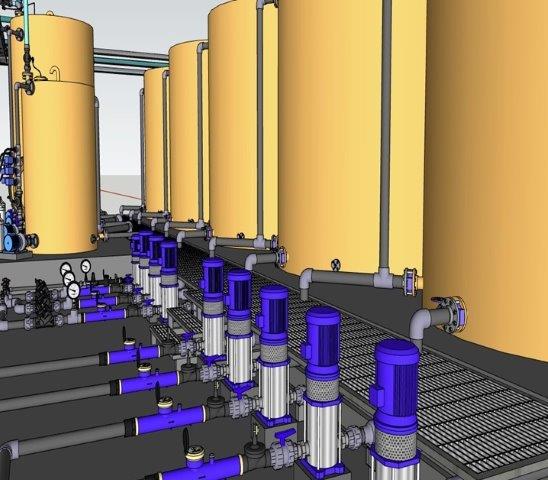 | 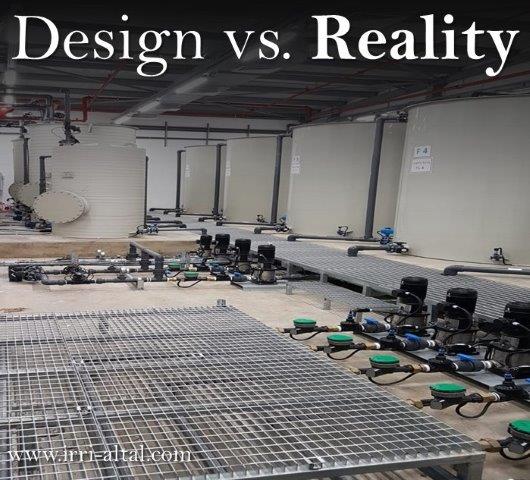 |
Lior Kelner from Agroplan is one of those architects that does precise, excellent architectural and engineering work. A well-organized plan file that includes conceptual planning of buildings, electricity, irrigation systems, water, fire extinguishers, sewerage, drainage and more, will save time and money during the detailed designing, during the building phase, and will makes things easier during ongoing operations as well.
Designing climate control, fertigation and irrigation systems – here, as well, I think there is a clear advantage in taking an independent designer, even though I’ve seen very nice work both in planning and in execute a project by various irrigation companies. But what’s the connection between planning and COVID-19 outbreak? Coronavirus has posed a complex challenge for planners and project coordinators – to put a project together abroad without the designer or any expert systems’ installer onsite sounds impossible. It means that construction management is left in local hands, whether skilled workers, or as in most cases, cheap but not really skilled labor. Here, we discovered the significant advantage of using 3D-modeling, a tool which enables us to set up a project precisely as we planned. Following are three planning offices that doing a great and impressive work:
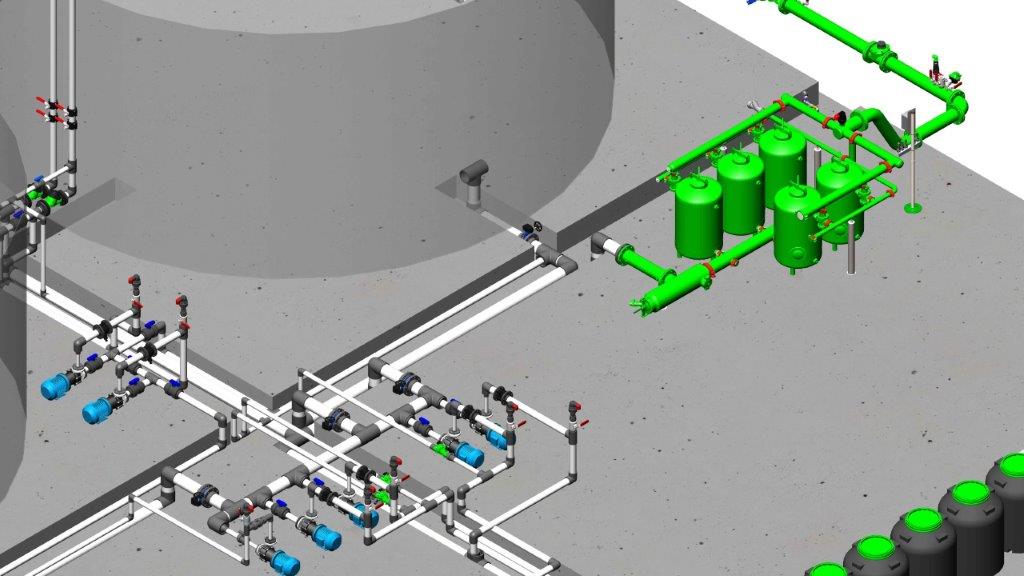 |  |
Over the past two years, Irri-altal, has installed very complex systems at two different greenhouse farms, and in my opinion took the water systems design industry one full step ahead.
I recently planned irrigation systems for a large greenhouse project abroad and discovered the very high capabilities of Rivulis in 3D modeling, as well as their impressive logistical capabilities.
And of course, it’s hard not to notice the fine work of KIM, aside from their perfect looking modeling, their professionality is expressed at every project stage, from initial planning to on-site assembly.
Good designers will be huge assistance during the licensing process, fund-raising stage, in the actual design execution process and also during the operation of the farm. But most important of all, and I see this in all projects, the secret of a good project is on the level of the decisions making; don’t expect your designers to make the decisions for you, the designer is your consultant, he will show you the full picture, but ultimately, you must decide what’s appropriate for you.

